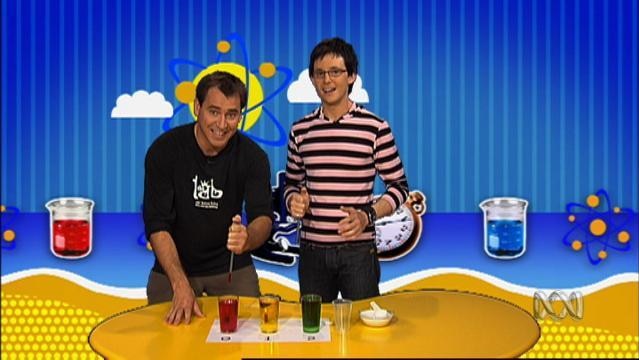Space to play or pause, M to mute, left and right arrows to seek, up and down arrows for volume.
SUBJECTS: Science
YEARS: 5–6
Discover what density is and how you can test the density of liquids.
In this science experiment you will find out about salt water and how its density is responsible for the circulation of water around the world's oceans.
Things to think about
- 1.What do you know about density? Can different liquids have different densities? If so, what would happen if you mixed them? Do you think adding salt to water would change the density of the water?
- 2.The liquid of which colour has the most salt added to it? Which has the least salt? What does Ruben's assistant Elliot say density is? What happens to the three liquids as they are move up into the straw? Do they mix or separate? What name does Ruben give to the ocean currents that are influenced by water density?
- 3.Explain or draw a diagram to show what you saw in the experiment. What did it tell us about the density of salt water? Do the results of this experiment help to explain why objects (including people) float better in salty water? Explain why the experiment included a water sample without any salt added, and why the liquids were coloured.
- 4.Conduct an experiment to test the flotation qualities of objects (how well they float). Use things such as paper clips and pens, in salty water. Remember, for a fair test, the objects also need to be tested in water 'without' salt. Research the deep ocean currents and find out how they influence ocean temperature and levels of nutrients and gases.
Production Date: 2008
Copyright
Metadata © Australian Broadcasting Corporation and Education Services Australia Ltd 2012 (except where otherwise indicated). Digital content © Australian Broadcasting Corporation (except where otherwise indicated). Video © Australian Broadcasting Corporation (except where otherwise indicated). All images copyright their respective owners. Text © Australian Broadcasting Corporation and Education Services Australia is licensed under a Creative Commons Attribution-ShareAlike 4.0 International License (CC BY-SA 4.0).
Posted